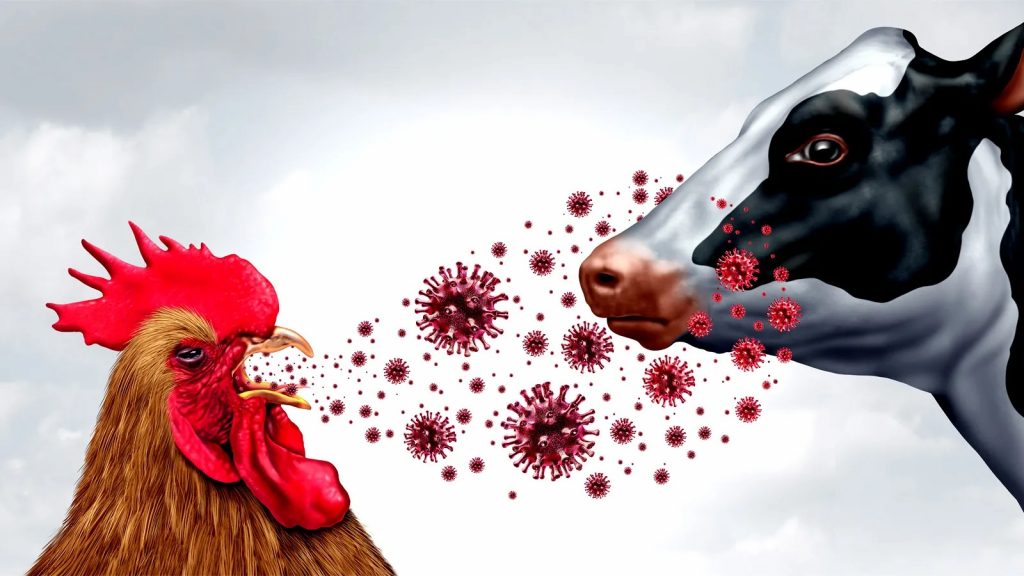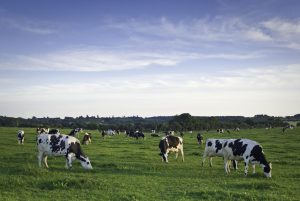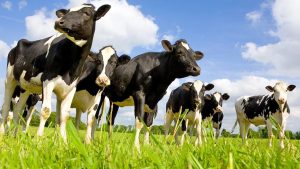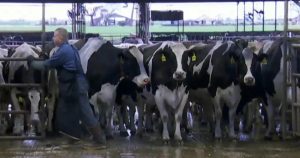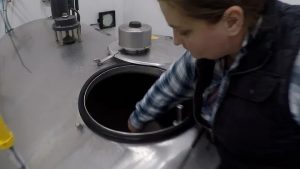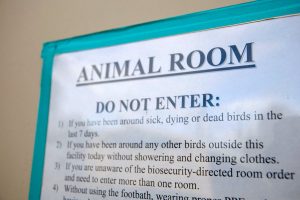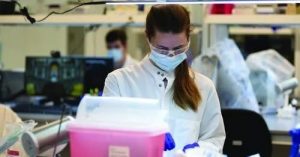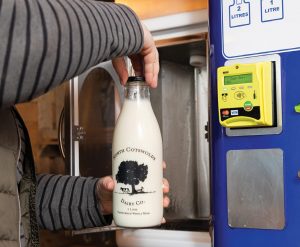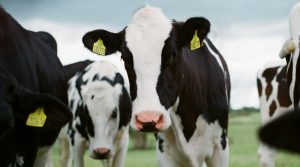
The University of Minnesota’s College of Veterinary Medicine has been awarded a $1.5 million grant from the U.S. Department of Agriculture (USDA) to tackle one of agriculture’s most pressing threats: the spread of highly pathogenic avian influenza (HPAI) in dairy cattle.
A Growing Threat to Dairy and Public Health
First detected in U.S. poultry in 2022, the H5N1 bird flu strain has since jumped to wild birds, mammals, and—most recently—dairy cows. While the virus has been less deadly in cattle than in poultry, its emergence in dairy herds raises urgent concerns:
-
68 human cases (including one fatality) linked to outbreaks
-
Risks to farm workers and the dairy supply chain
-
Potential for further mutations that could increase transmissibility
“This virus doesn’t respect species boundaries,” said Dr. Scott Wells, the project’s lead researcher. “Understanding how it spreads in dairy cattle is critical to protecting both animal and human health.”
Nine Projects, One Mission
The USDA-funded initiative brings together experts in virology, epidemiology, and agricultural biosecurity to:
-
Track how HPAI spreads among cattle and between farms
-
Develop faster, more accurate diagnostic tools
-
Guide containment strategies for infected herds
The research coincides with the rollout of a new national milk surveillance program, with the University of Minnesota’s Veterinary Diagnostic Laboratory playing a key role in testing.
Why Minnesota?
Minnesota’s diverse livestock industries—dairy, turkey, and swine—make it an ideal hub for cross-species flu research.
“We have the diagnostic expertise and agricultural partnerships to tackle this from every angle,” Wells noted.
Implications for Food Security
The findings will directly inform:
-
Dairy producers on herd protection measures
-
Veterinarians on outbreak response protocols
-
Policymakers shaping future biosecurity regulations
As HPAI continues to evolve globally, this research could redefine how the U.S. mitigates emerging zoonotic diseases—pathogens that jump from animals to humans.
Key Takeaways:
-
$1.5M USDA grant funds urgent HPAI research in dairy cattle
-
68 human cases reported since 2022, signaling public health risks
-
Minnesota’s diagnostic lab to assist national milk surveillance
-
Findings will guide containment strategies for farms and policymakers
For updates on this research, visit the University of Minnesota College of Veterinary Medicine.
You can now read the most important #news on #eDairyNews #Whatsapp channels!!!
🇺🇸 eDairy News INGLÊS: https://whatsapp.com/channel/0029VaKsjzGDTkJyIN6hcP1K
